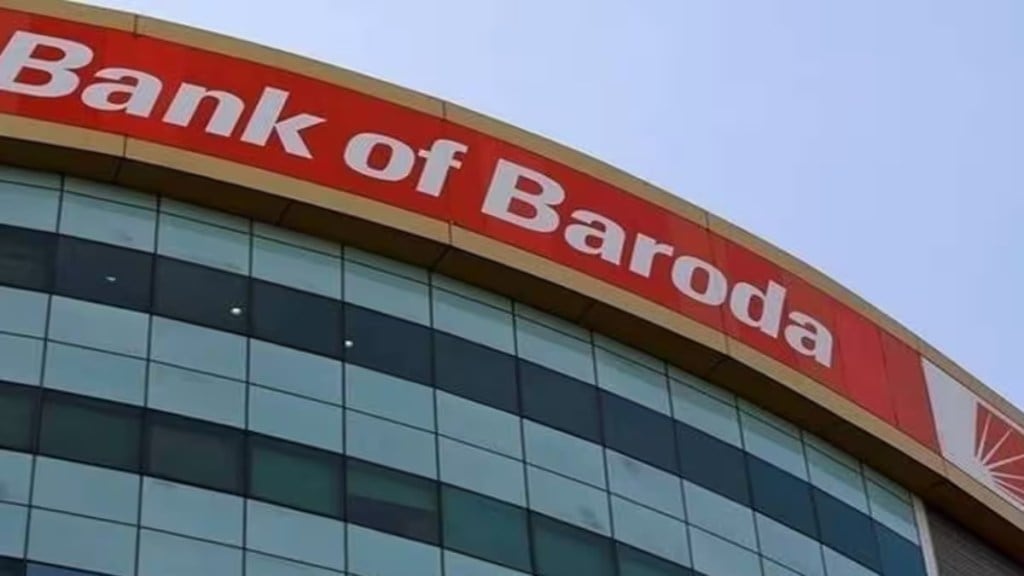Public sector major Bank of Baroda’s (BoB) market capitalisation crossed the Rs 1-trillion mark earlier this month. In a conversation with Piyush Shukla, the bank’s MD & CEO Sanjiv Chadha details factors that led to the market rally and says sustained earnings, along with quality retail loan growth, are key for re-rating of PSU bank stocks. Excerpts:
BoB’s market cap has breached the Rs 1-trillion mark recently. What is driving the rally?
From the market perspective, probably the most important piece is the sustainability of earnings. Over the past 6-7 quarters, the bank has been able to show a very steady trajectory in terms of earnings. We were very fortunate that the environment was conducive and the bank made better progress than anticipated, and we ended up at 1% RoA and over 18% RoE by March 31, 2023, itself, much before our targeted March-end, 2024. To my mind, we have also had the support of brokerages in terms of how they understand the bank. We are being covered by more than 30 brokerages now and worked on investor relations. Almost all of them have a “buy” call on the bank. I think all of these helped recapture the confidence of the market that the bank has not only shown good earnings but it also appears to be sustainable.
Large private lenders, however, continue to have higher valuations.
It is a fact that when it comes to the performance of PSU banks, we did not really have a consistent earning trajectory over the past a few years – we are acutely conscious of that. For consistency, we need to have a medium-term perspective, a transparent balance sheet and a business model that can stand the test of time.
When it comes to our business model, there are 2-3 factors that stood out.
One, the huge progress in the retail lending space. Since some private banks have dominance there, if a public sector bank is looking to be re-rated, it must demonstrate the capacity to grow its retail loan book. That has been a standout success for us at BoB. Last year, our retail assets grew by 27%, which is substantially faster than the market and probably the highest amongst all banks.
Two, BoB has been able to demonstrate that our overall loan growth and overall deposit growth are faster than the market. And three, cost competitiveness. For us, the cost-to-income ratio fell by nearly 1.5% last year despite the fact that there was a wage revision that came into effect in the past four months of the year.
The Centre has said it will move ahead with the privatisation of two more PSU banks. Is there any communication between BoB and the government in this regard?
We will not second-guess what is the government’s agenda. It was our responsibility to make sure that since we had been chosen as the first bank to pursue this strategy (of a merger), we had to come with a template that was successful. I think we have been able to do that, and to some extent, it might have contributed to some other mergers that happened.
Also, since we shared a commonality with Dena Bank in terms of footprint, Gujarat being one area where both the banks had a strong network, it gave us a very strong base in one of the most progressive states in India when it comes to entrepreneurship. Vijaya Bank gave us a much larger presence in the southern part of the country, which again is very dynamic. And that has given us a foothold to expand in other parts of southern India.
So, for a variety of reasons, I think the merger has worked very well and it has given us critical mass as a bank.
Your term ends in June. Can you talk about some key achievements and unmet goals?
Three and a half years is a fairly long time. In our setup, we are used to most assignments of a similar tenure. I think we have made very good progress. A template that can be replicated is how you manage talent at a PSU bank. Traditionally, PSU banks have only been a provider of talent to the industry but that is a luxury that is no longer possible in today’s competitive world.
I think BoB is an outstanding example of getting the best of the public and private sectors together. While many private banks may suffer from high attrition, our attrition rate is around 1%. That is because we have many strong teams of career bankers and outstandingly talented young people. It is also a fact that every year there are new developing businesses that are forming new income streams and it makes sense to bring in talent experienced in those areas.
The second part is technology but it is something that must improve customer experience. I think BoB world has had a large positive implication for us, both in terms of customer experience and to manage costs for us as we expand.
PSU bank management earns a fraction of what their private sector peers do. Is there a need to lower the pay gap?
At the end of the day, there can be different models, particularly at senior levels. I think there is a case (for higher compensation) where you have so much responsibility on people that you have some correlation with compensation. Having said that, I do not think compensation is necessarily a bar to perform. Even today when we look at attrition, it is very rare that people at the highest levels at the bank move out as there is an enormous canvas, in terms of being able to perform. It is also possible to have a hybrid compensation mode – pay the market rate for talent.

